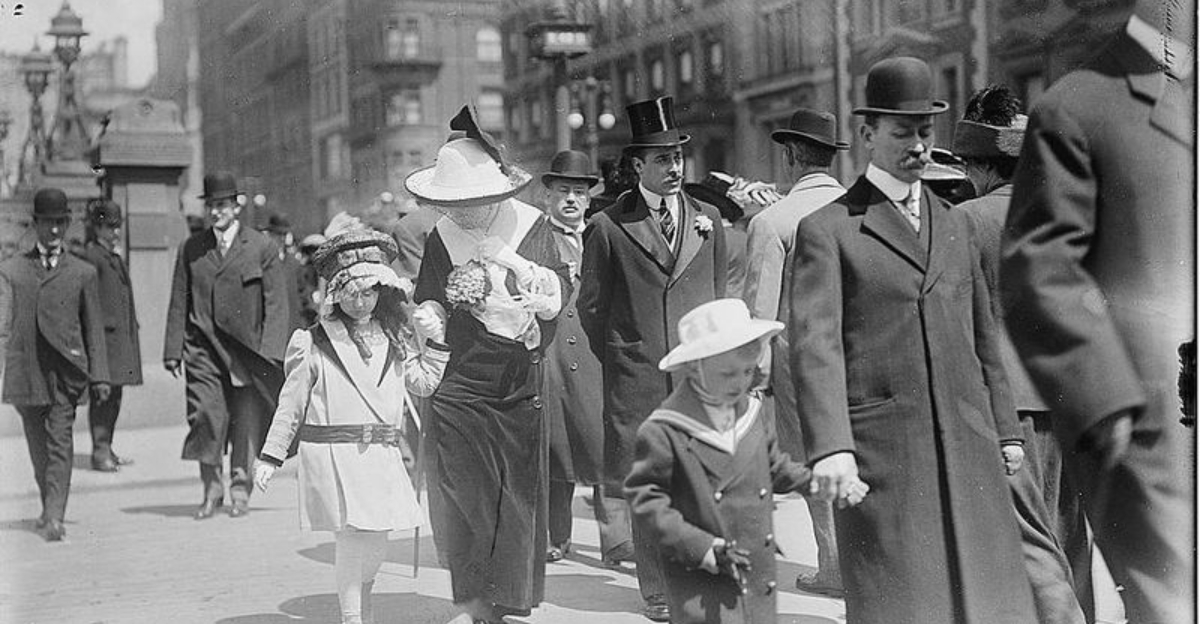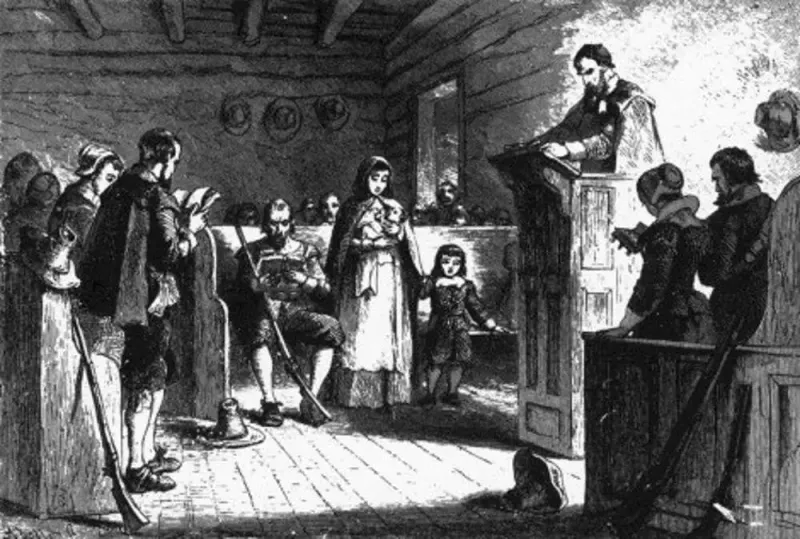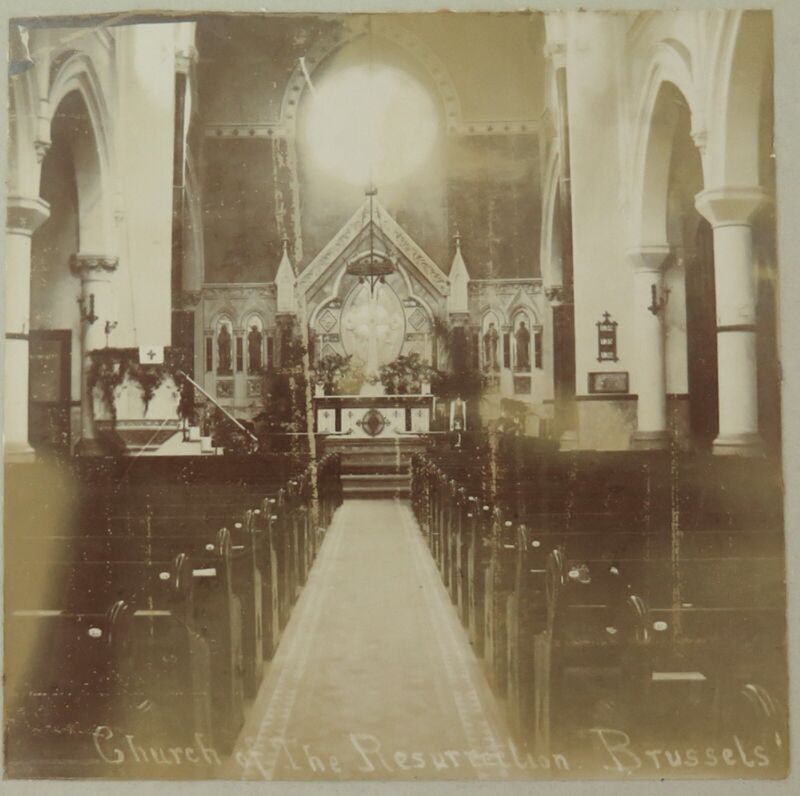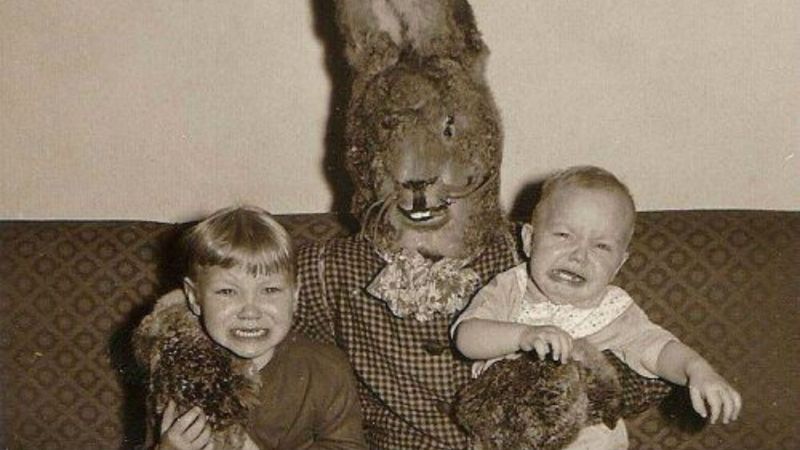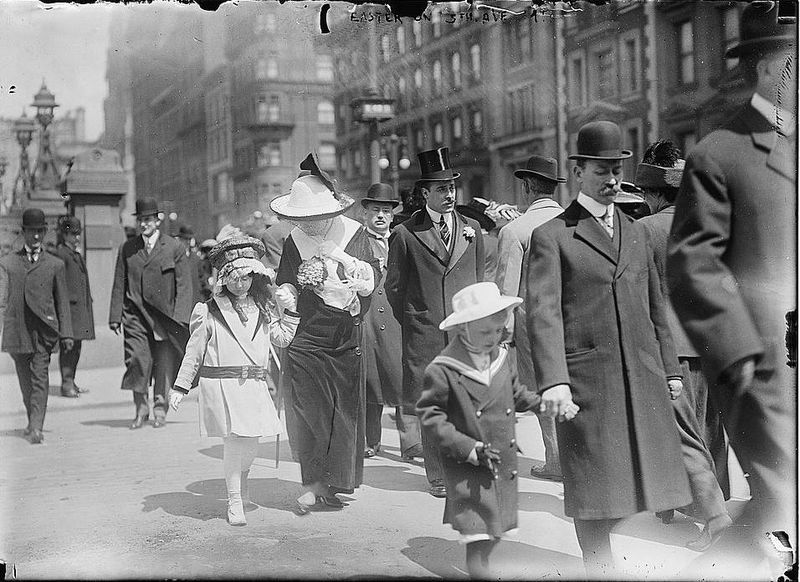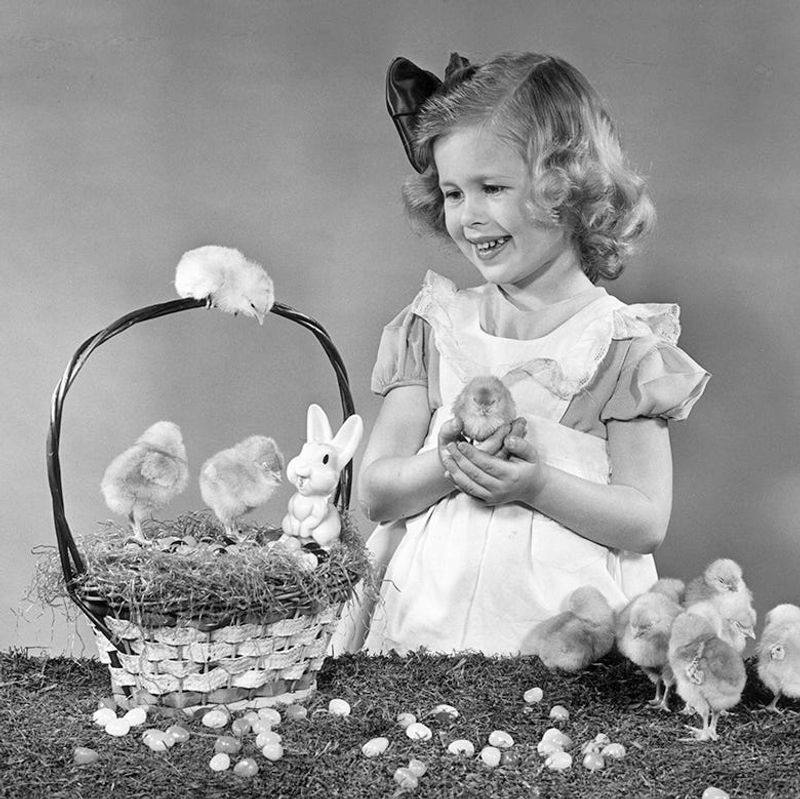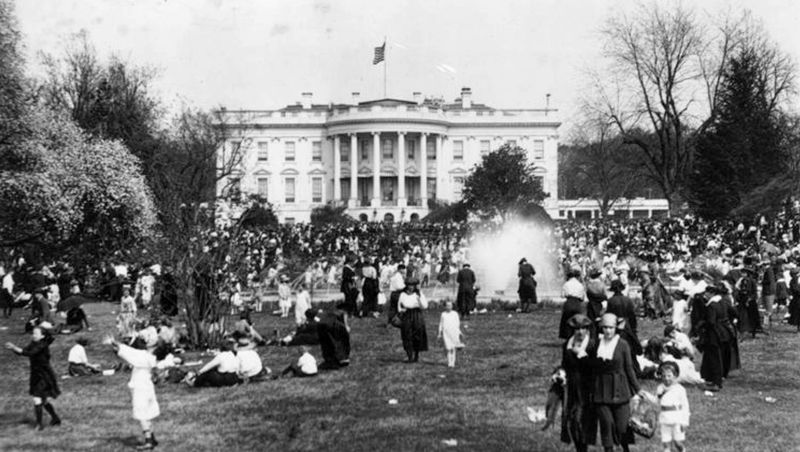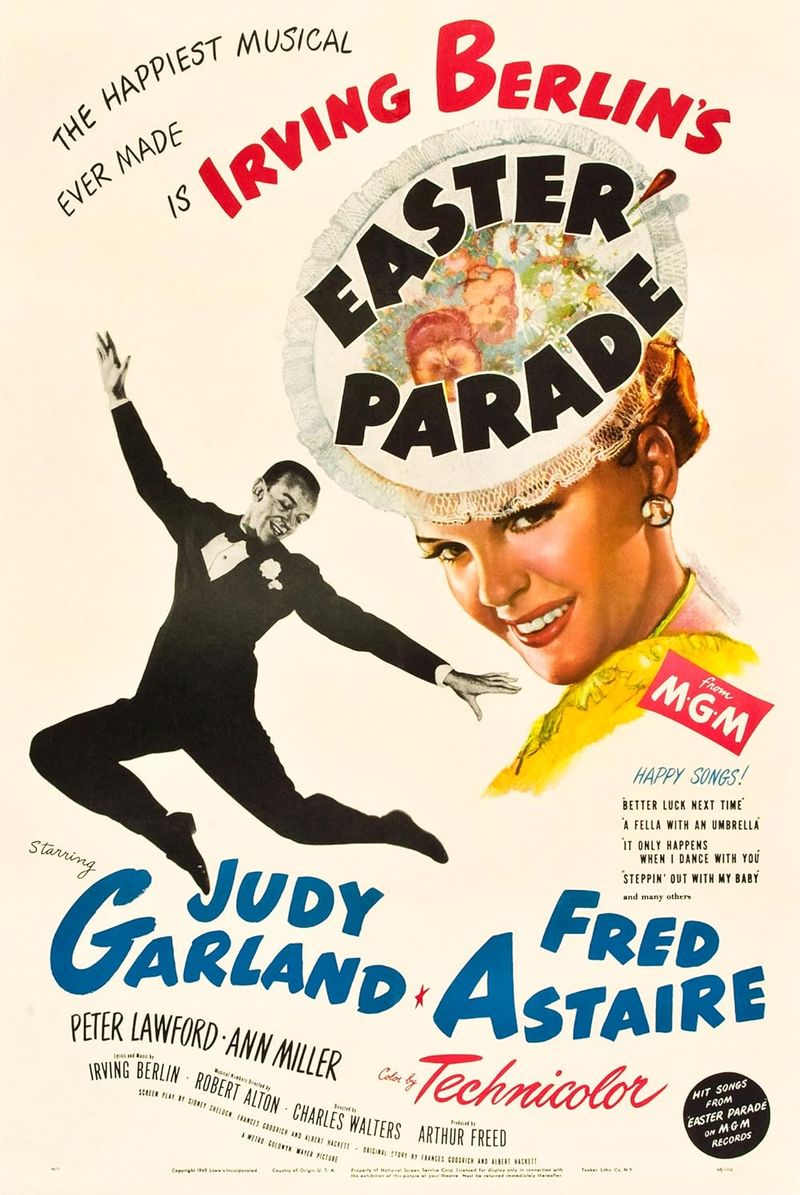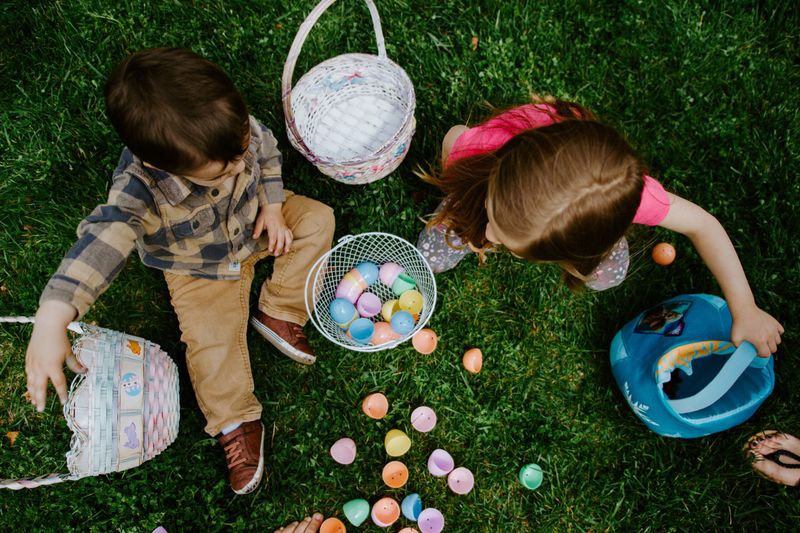Easter is a time of celebration and reflection in the United States, blending sacred traditions with playful customs. From solemn church services in colonial times to today’s vibrant egg hunts and candy feasts, Easter has evolved through the centuries.
This blog explores ten fascinating chapters in the sweet history of Easter in the U.S., tracing its journey from religious observance to a holiday beloved by all ages.
1. Colonial Era (1600s–1700s) – Solemn Religious Observance
In the colonial era, Easter was predominantly a solemn religious observance. Anglican and Lutheran communities held special services to commemorate the resurrection of Jesus Christ. These gatherings were deeply spiritual, marked by reverent sermons and hymns.
For the Puritans and other Protestant groups, however, Easter was regarded with suspicion, often dismissed as too Catholic or unbiblical.
The sharply contrasting views within these religious communities highlighted the diverse tapestry of early American spirituality, where Easter was both a celebration of faith and a point of contention among different denominations.
2. Early 1800s – Growing Popularity Among Mainline Christians
By the early 1800s, Easter’s popularity had begun to rise among mainline Christians. The celebration became a key event in the religious calendar, bringing larger congregations to church services.
These gatherings emphasized resurrection-themed sermons and hymns, with the Easter lily emerging as a symbolic decoration. This era marked a shift towards greater acceptance of Easter across various denominations, highlighting the unifying power of shared beliefs and traditions.
As more people embraced the holiday, Easter’s role within the community became more pronounced, setting the stage for future celebrations.
3. Mid-1800s – Introduction of Folk Traditions
The mid-1800s saw the delightful addition of folk traditions to Easter celebrations in the U.S. German immigrants brought with them the enchanting tale of the Easter Bunny, an egg-laying hare known as “Osterhase.”
Children eagerly built nests for this mythical creature to lay its brightly colored eggs. These whimsical customs quickly gained popularity, blending seamlessly with Christian themes.
This fusion of folk and religious elements added a playful dimension to Easter, capturing the imaginations of young and old alike and enriching the cultural tapestry of the holiday.
4. Late 1800s – Egg Decorating and Easter Parades
In the late 1800s, Americans embraced Easter with newfound enthusiasm, as egg decorating and parades became fashionable. Egg dyeing kits entered the market, allowing families to transform ordinary eggs into vibrant works of art.
Meanwhile, Easter Parades, especially in New York City, dazzled the public. People donned their finest clothes, including the iconic Easter bonnet, as they strolled down bustling streets.
This period saw Easter’s transformation into both a religious and social celebration, blending old traditions with new public displays of joy and creativity.
5. Early 1900s – Rise of Commercialization
The early 1900s marked the rise of Easter commercialization, as candy companies began producing chocolate bunnies and marshmallow chicks, eventually known as “Peeps.”
These sweet treats, along with Easter baskets filled with candy and small toys, became holiday staples. Greeting card companies also saw an opportunity, launching Easter cards that expanded the holiday’s marketability.
This era of commercialization not only influenced the way Easter was celebrated but also cemented its status as a significant event in the consumer calendar, intertwining joy and commerce.
6. 1878 Onward – The White House Easter Egg Roll
Since 1878, the White House Easter Egg Roll has been a cherished tradition, initiated by President Rutherford B. Hayes. Held on the White House lawn, this event brought families together for a day of community fun.
Activities include egg races, live music, and storytelling, creating a lively and inclusive atmosphere. The Egg Roll reflects both the family-oriented nature of Easter and the spirit of American unity.
Over the years, it has evolved but remains a beloved way to celebrate Easter, connecting people through shared joy and playful competition.
7. Mid-1900s – Easter in Media and Pop Culture
The mid-1900s saw Easter’s influence extend into media and pop culture. Easter specials appeared on radio and television, becoming a staple of holiday entertainment. Films like The Ten Commandments became traditional viewing, enriching family gatherings.
National retailers capitalized on the holiday spirit, launching Easter-themed marketing campaigns. This era marked Easter’s transition from a purely religious observance to a cultural phenomenon, ingraining itself into the American consciousness through the power of media.
Families found new ways to connect and celebrate, blending old traditions with modern entertainment.
8. Late 1900s to Present – Blending Sacred and Secular
In recent decades, Easter has continued to evolve, blending sacred and secular elements. Churches hold inspiring sunrise services, focusing on spiritual renewal and reflection.
Meanwhile, households relish the playful side of Easter, with egg hunts and candy-filled baskets. Schools and parks host non-religious egg hunts, embracing inclusivity and eco-friendly practices.
This balance between tradition and innovation highlights Easter’s enduring appeal, as it adapts to changing times while retaining its core message of hope and joy, creating a holiday that resonates with diverse communities across the nation.
